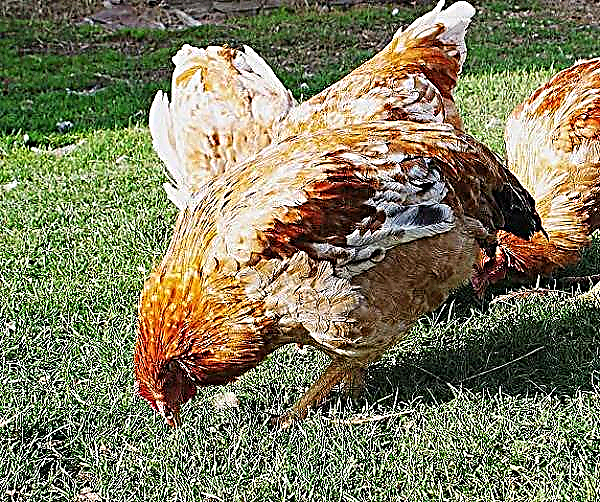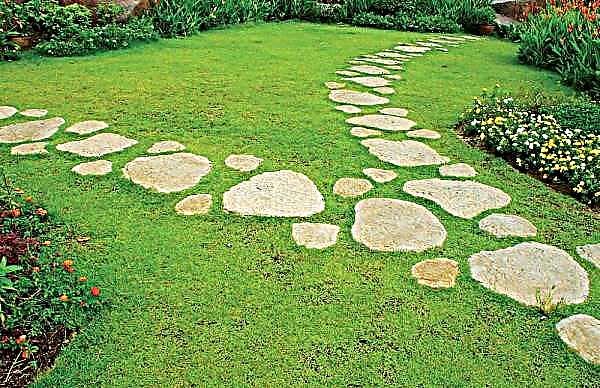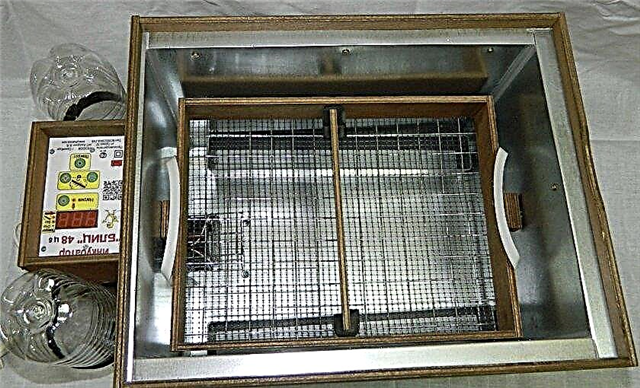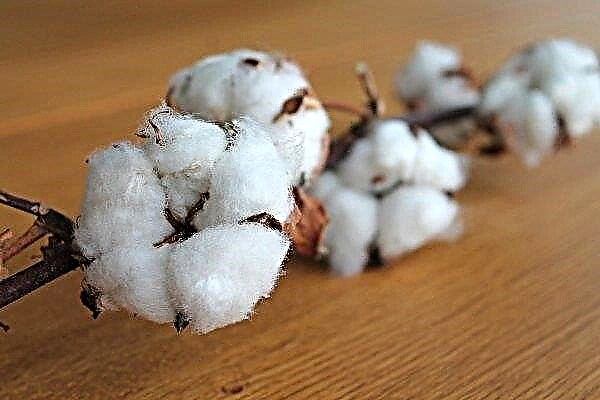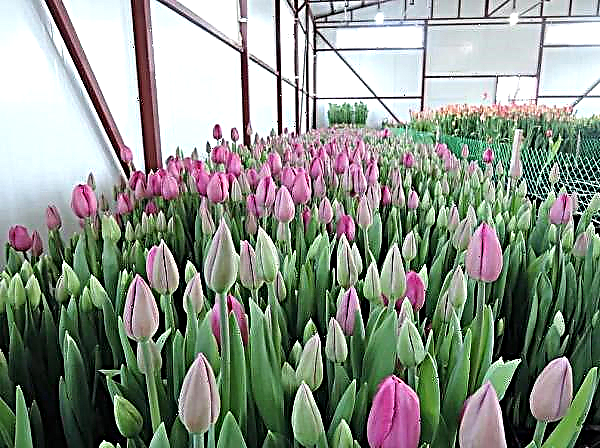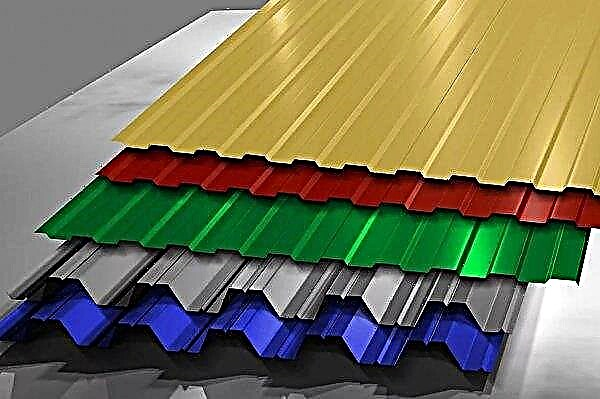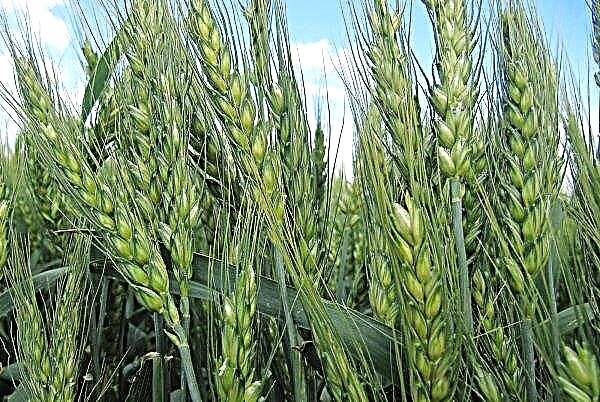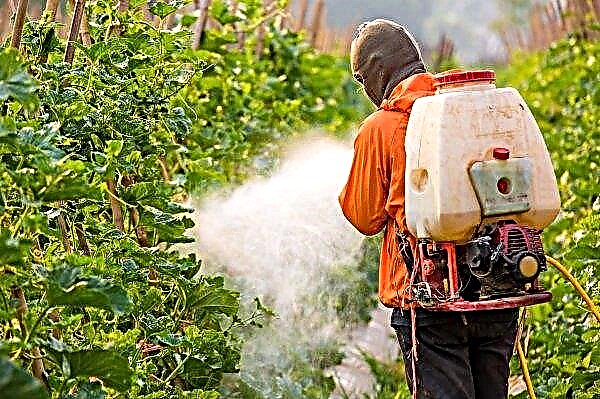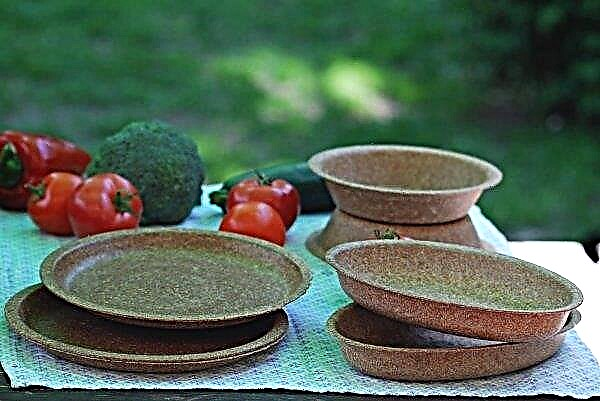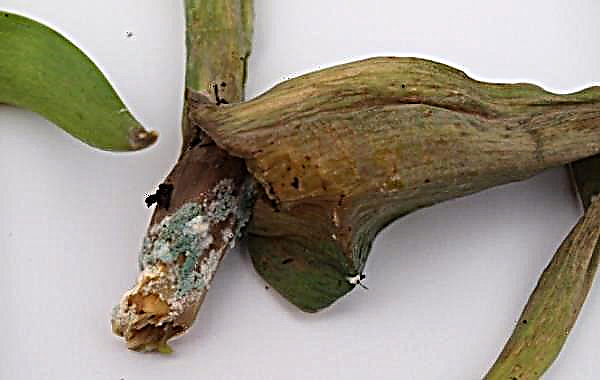Blue spruce is not often grown in private areas, but if the place allows it, this tree can become a real decoration of the site. In the case when thoughts about planting a coniferous beauty have already appeared, it will be useful for the gardener to learn about the nuances of a plant transplant, which is performed at least once during the whole time of growing a tree. When exactly is it worth replanting a spruce, how to remove it from the previous place of growth, and what you need to know about the nuances of planting on your territory - this will be discussed in the article.
Best time to transplant
Like all coniferous plants, blue spruce tolerates a transplant more calmly only when the procedure is performed at rest of the tree, that is, before the buds open and active sap flow in the tissues begins.

Typically, such suitable conditions are created only at the very beginning of spring or late autumn, and it is generally advisable to move large plants in the winter, trying not to injure the earthen lump and the roots located in it. In summer, transplantation is allowed only in cases when it is required to transplant a young seedling purchased in a nursery with a closed root system.
Did you know? At the end of the life of the spruce, with its natural death, a clone tree often grows from the roots, which outwardly will fully correspond to the characteristics of the dead mother plant. With the help of such reincarnation, individual specimens have been growing on Earth for thousands of years, for example, as a spruce from Sweden, which, according to preliminary estimates, is about 9.5 thousand years old.
Is it possible to transplant an adult spruce
The average life span of blue spruce is several hundred years, and the tree is recognized as an adult after five years of growing on the site. Until the age of 10, it grows relatively slowly, and then begins to add 60–70 cm per year.

Of course, replanting a small five-year-old fir tree about three meters high is much easier than a 15-year-old specimen up to 7 m high, but this does not mean that with the appropriate equipment and desire, such a task will be impossible.
In fact, the difficulty lies only in transporting a heavy and dimensional tree, and the rest of the features of preparing a seat, the subtleties of extracting a plant from the previous one and step-by-step instructions for re-planting remain identical to performing actions with a young seedling.
Video: transplanting a three-meter European spruce
Digging Rules
If you suddenly decide to transplant a blue spruce from the forest or dig it out of the nursery on your own, having previously agreed upon such an opportunity with its owner, you should study all the requirements for such actions in advance.
The main ones will be the following recommendations:
- it is advisable to choose young plants up to 1.5 m high;
- the diameter of digging the tree should correspond to the diameter of its crown;
- gradually deepening the shovel into the ground from three sides, form an earthen ball, then deepen the tool with the fourth, but this time at an angle and as deep as possible to raise the tree to the surface;
- remove the dug spruce and lay it on its side, after laying the cotton fabric under the root;
- tie the ends of the selected piece of material in pairs so that the rhizome with a lump of earth is protected from possible mechanical damage during transportation.
Important! If the earth in the forest turned out to be very dry and crumbly, then before digging up the spruce, you should water it abundantly and proceed to extract the tree after completely absorbing the liquid and compaction of the substrate.
The tree is transplanted to the site along with the earth from the previous place of growth, having prepared a landing hole taking into account the size of the earthen coma (on average, its diameter should not be less than 70–80 cm).
 Mushrooms and beneficial microorganisms are likely to remain in the thickness of the soil, which will help the plant quickly adapt to the new growing conditions.
Mushrooms and beneficial microorganisms are likely to remain in the thickness of the soil, which will help the plant quickly adapt to the new growing conditions.
Preparing a new place
Not all territories are suitable for productive cultivation of blue spruce, therefore, when choosing a specific place for its transplantation, it is worth considering the location in the natural environment of growth, where the tree was taken from (when buying seedlings in a private nursery, you can check with the owner for all the important information).
The best option would be a well-lit, but closed from direct sunlight, not less than ten meters from apartment buildings or other buildings. An appropriate level of groundwater occurrence is at least two meters from the soil surface, which eliminates the likelihood of waterlogging and stagnation of moisture in the root system of plants.
Important! When preparing the hole for transplanting blue spruce, do not add humus or other nitrogen-containing fertilizers to the soil: the plant does not tolerate them and may not at all take root in the area.
Having decided on the site, dig a hole suitable for the tree, focusing on the size of the earthen coma of the seedling. At the bottom of the hole you need to pour a mixture of sand, sawdust, collected in the forest of needles and acidic mineral fertilizers. Truth, the latter should be added to the substrate only if it is not acidic enough.
 Granite pebbles or broken bricks are used as a drainage layer, but instead of laying them out in a separate layer, it is better to mix everything with the soil, at the same time adding a little earth to their former place of spruce growth.
Granite pebbles or broken bricks are used as a drainage layer, but instead of laying them out in a separate layer, it is better to mix everything with the soil, at the same time adding a little earth to their former place of spruce growth.
Before planting, you can slightly moisten the prepared substrate, and then loosen it and organize a small hill on which the tree will be placed. If the earthen lump is dense and approximately flat in cylindrical shape, you can do without an embankment by placing the plant on the leveled surface of the landing hole.
If you plan to transplant several trees at once, you should leave at least 3 m of free space between them, and then only if another transplant is planned in the future. Mature trees have a strongly developed rhizome, so they can interfere with each other, until the growth stops, and to prevent this from happening, it is advisable to increase the distance between small seedlings up to 5-10 meters.
Step-by-step transplant instructions
A few days after the preparation of an appropriate pit, pour a small amount of a nutrient soil mixture into it (2 parts of leaf and sod land and one part of peat and sand), loosen the substrate again, and then follow these steps:
- Dip the dug spruce into the hole without removing the wrapping tissue from the rhizome (it helps to maintain the integrity of all small roots).
- Fill the remaining space in the hole with prepared soil, but only so that the root neck remains at ground level, and in the case of growing large spruce trees, it rises 3-5 cm above the level of the bed (after the next watering, the earth will settle and the tree will occupy the desired position).
- Well fill in all the voids around the rhizome of the spruce and slightly compact the surface of the substrate.
- Water the transplanted plant abundantly - it is advisable to pour the liquid in several doses (this will help to nourish the roots with moisture, and moistened soil will be better distributed over the existing voids).
- Mulch the near-stem circle with a 5-cm layer of sawdust, straw, compost or peat, so that the moisture in the earth will remain much longer.
 To speed up the survival of the transplanted spruce in a new place, it is worth immediately after the transplantation to pour it with a solution of “Kornevin” or any other root stimulant.
To speed up the survival of the transplanted spruce in a new place, it is worth immediately after the transplantation to pour it with a solution of “Kornevin” or any other root stimulant.
Further care
Further care for transplanted blue spruce is practically no different from the actions performed when growing other varieties of these conifers, so the main thing that a gardener should pay attention to is watering, fertilizing, loosening and mulching the soil.
Separately, it is worth recalling the seasonal processing of vegetation from diseases and pests., which can significantly reduce the decorativeness of wood. Each of the activities carried out has its own characteristics, which are worth knowing before the start of work.
Watering and feeding
Additional wetting of the substrate in the near-trunk spruce zone is required mainly only for young trees or recently transplanted specimens. If possible, it is advisable to water the plants in the early morning, about 1-2 times a week, depending on the regularity of natural rainfall and outdoor temperature.
Important! Closer to autumn, the number of procedures should be increased so that in the winter cold spruce gained enough moisture and survived frosts. Approximately 2-3 weeks before the first frost, any soil moisture should be stopped.
In an additional order, it is possible to sprinkle a coniferous plant, cleaning the needles from dust and dirt, but it is advisable to transfer such baths to the evening hours and not to moisten the surface during active sun exposure, which may well lead to burns of individual parts of the spruce.
 Regularity of sprinkling - no more than once or twice every 2-3 days.
Regularity of sprinkling - no more than once or twice every 2-3 days.
When choosing nutritional compounds for fertilizing blue spruce, buy better options without a high nitrogen content, since their excess in the ground can destroy the culture: young shoots that are not matured by winter will suffer from frost.
A good substitute for classic humus is compost or vermicompost: about 3-5 kg of such organic matter is consumed per 1 m². The frequency of feeding is once every 2 years, with nutrients being introduced for the first time in mid-spring, and fertilized for the second time in late summer or early fall in order to prepare the spruce for wintering.
Did you know? Recognizable by many spruce cones appear on the tree only after 10 years of cultivation, but in some cases it can grow without them for 50-60 years, which usually depends on the presence of fertilizers and other external factors.
If we talk about specific formulations, then with the arrival of spring heat, Uniflor-bud and Uniflor-cactus fertilizers will be relevant"Containing 18 trace elements, in particular, and readily soluble magnesium. When preparing a working solution, 2-3 ml of the selected preparation should be dissolved in 1-5 l of water and evenly spill the soil in the near-stem zone with liquid. With foliar spruce fertilizer (usually by sprinkling), the same amount of the drug is dissolved in 10 liters of water.
For the second time, fertilizing blue spruces using the same preparation should be planned for early fall, but only now it will be enough to take 0.5 ml of the mixture per plant, and to make it easier to measure the right amount of substance, first start diluting the fertilizer in a 10-fold size ( stock solution), and then add water again.
 For example, to prepare the mother liquor, you can use 10 ml of the selected fertilizer per 100 ml of water, and then select 5 ml and dilute them additionally in 10 l of water. In general, this amount of the finished mixture will be enough to process 20 trees.
For example, to prepare the mother liquor, you can use 10 ml of the selected fertilizer per 100 ml of water, and then select 5 ml and dilute them additionally in 10 l of water. In general, this amount of the finished mixture will be enough to process 20 trees.
Loosening and mulching of the earth
Loosening and mulching of the near-trunk zone of spruce is often carried out shortly after the next wetting of the substrate, both by natural means and by artificial irrigation. Since the roots of the blue spruce are close to the surface of the earth, any loosening of the soil should be carried out very carefully so as not to injure the roots.
The selected tool (for example, a rake) should not be deepened into the ground by more than 7-10 cm. At the end of the process, you can mulch the near-trunk circle of spruce with a 5-centimeter layer of wood sawdust, peat or straw, which will help maintain moisture and reduce the regularity of irrigation. Such shelter can be replaced no more than 1-2 times a year.
What can be processed
Coniferous trees rarely suffer from diseases and pests, and the main cause of problems that appear during the cultivation are disturbances in care. However, it is still not worth completely eliminating such a probability when cultivating blue spruce. On the branches can settle hermes larvae, and the shoots and stem of the tree are often affected spruce sawfly.

Of the diseases, the most relevant will be fungal infections.fungicidal drugs like "Actelika", Caesar, Nurel-D, spraying with a solution of which is performed 2-3 times per season with an interval of 2-3 weeks.
It is better to do this on a warm and fine day, so that the preparations are not washed off by further rains. Of the insecticidal preparations for treating trees, they are best suited Apollo, Agravertin, Akarin, Fitoverm, Oberon. The dosage and norms for the preparation of the working solution are always noted by the manufacturer in the instructions for the drug.
In general, the process of transplanting and further care for blue spruce is simple, therefore, having studied the main nuances of growing this plant, each gardener will be able to achieve positive results by perfectly complementing his plot with a beautiful and decaying tree.

